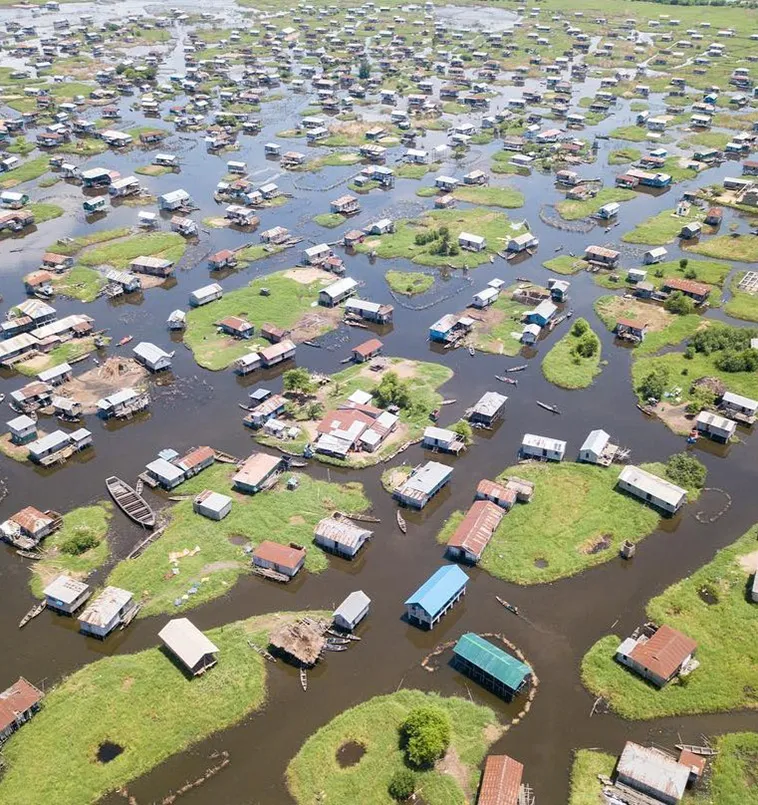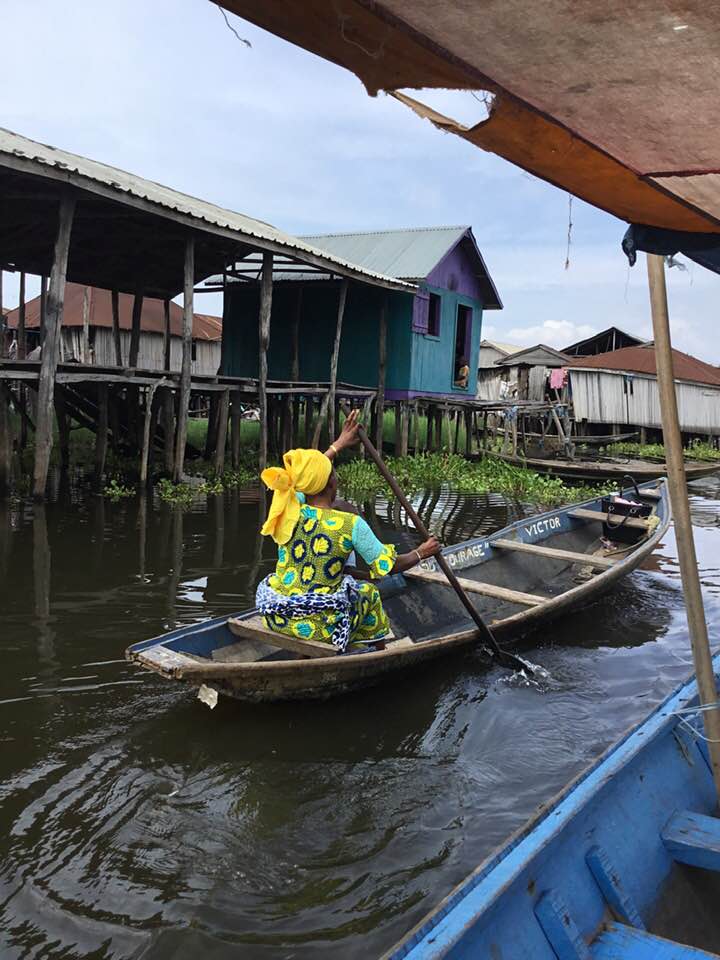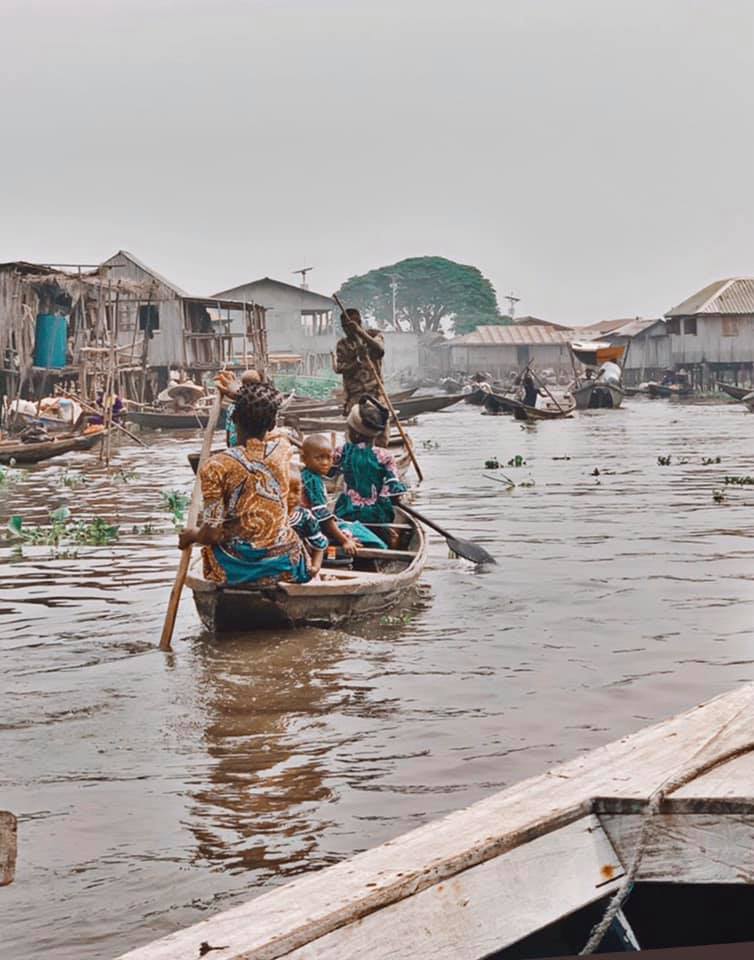Ganvie Floating Village is a unique settlement located in Benin, West Africa, known for its stunning and innovative approach to urban development. As its name suggests, the village is built on stilts and located on the surface of a shallow lake, making it a rare sightseeing attraction for visitors from all over the world.

The village was founded in the sixteenth century by the Tofinu people, who had fled their homeland to escape the slave trade. The lake where Ganvie was built is known as Lake Nokoué and has been a source of livelihood for the inhabitants of the village. The lake is the largest in Benin, and its waters are rich in fish, which provides an essential source of protein for the villagers. Since the demand for fish in Benin is high, Ganvie Floating Village offers a lucrative opportunity for the local community to engage in fishing and trading.

While it may appear that the village is vulnerable to flooding and other natural disasters, it has survived such challenges for centuries. The people of Ganvie have mastered the art of building houses, schools, marketplaces, and restaurants on stilts, making it an environmentally sustainable settlement. The houses are mostly wooden, with thatched roofs and painted in bright colors, giving the village a vibrant and beautiful look.

In addition to fishing, the people of Ganvie engage in clay pottery, basket weaving, and fabric dyeing. These crafts have been passed down from generation to generation and are an essential part of the village’s economy. Visitors to Ganvie can buy the handmade crafts at the small markets in the village and support the local community.

Tourists flock to Ganvie Floating Village to witness this unique and breathtaking village. The village has several restaurants that serve seafood freshly caught from the lake. Visitors can also explore the village on canoes, guided by locals who share their history and culture.

